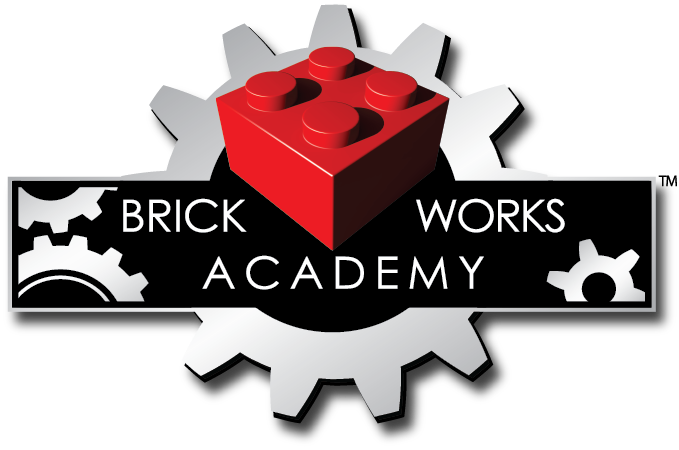Intro to Dungeons & Dragons for Parents
Dungeons and Dragons is an RPG (Role Playing Game) that has a worldwide player base, from kids to adults! Sometimes, the game can be enigmatic in nature, as no one adventure is ever played the same. This is what makes DnD such a beloved and replayable tabletop game, but also makes the game a bit hard to start playing as the barrier to entry into the universe is quite high. This is because there are many rules, character-building options, and lore to understand. The best way to learn to play D&D is by playing with those in the community and our Virtual DnD Summer camp is a great way to introduce kids to the game for the first time!
It is possible to Play roleplaying games like Dungeons and Dragons online with friends using tools such as Roll20.
So, how does the game actually work? Generally speaking, adventures start with 4 or 5 players. One of those will be the Dungeon Master AKA “DM”, the person who directs the game; the others will be players who take part in the game who will create characters that they will role-play throughout the story. What makes DnD great is that the game can either be played in person or through virtual conferencing using different tools such as D&D Beyond, where players are able to create and track characters in real-time, and Roll20, where players are able to see the map and/or landscape of where they are, roll their dice and move their characters live.
Have you ever wondered about the colorful dice that DnD players tend to have? While campers won’t need physical dice as the virtual environment will roll for them, they are important to how the game functions. The game uses polyhedral dice with different numbers of sides. In these rules, the different dice are referred to by the letter d followed by the number of sides: d4, d6, d8, d10, d12, and d20. For instance, a d6 is a six-sided die (the typical cube that many games use). When you need to roll a die, the rules tell you how many dice to roll of a certain type, as well as what modifiers to add. The outcome of the dice will decide how an action within the game plays out [IE: Roll to see if your attack hits a monster, roll for the probability of being able to climb a tree or not to check to see if you were able to persuade someone to do something!]
The game flows in three specific ways:
The DM describes the environment to the characters to paint a picture of where the adventure is taking place, what and who is around them that can be interacted with and the basic scope of the environment [IE: how many doors, what is in the room, who is around, potential hazards, surrounding creatures etc]
Players are able to describe desired actions that can be taken in the environment that the DM has created. Sometimes one player may suggest an action on behalf of the entire team such as “Let’s go South-West”, players may even argue at which direction to go with each other and sometimes, players have their own desires where they may split off in different directions within the same environment. Players don’t take turns during this phase of game play as this is where the role playing really begins and the DM will passively listen to every player to decide how to resolve each of the players desired actions.
The DM will narrate the results of each action that the group or an individual player takes, which could end up in an encounter with an NPC (Non-Player Character) who may have information about the players next move, or an encounter with a monster that would trigger an initiative to fight, or it may be as simple as heading into a restaurant to buy something to eat!





